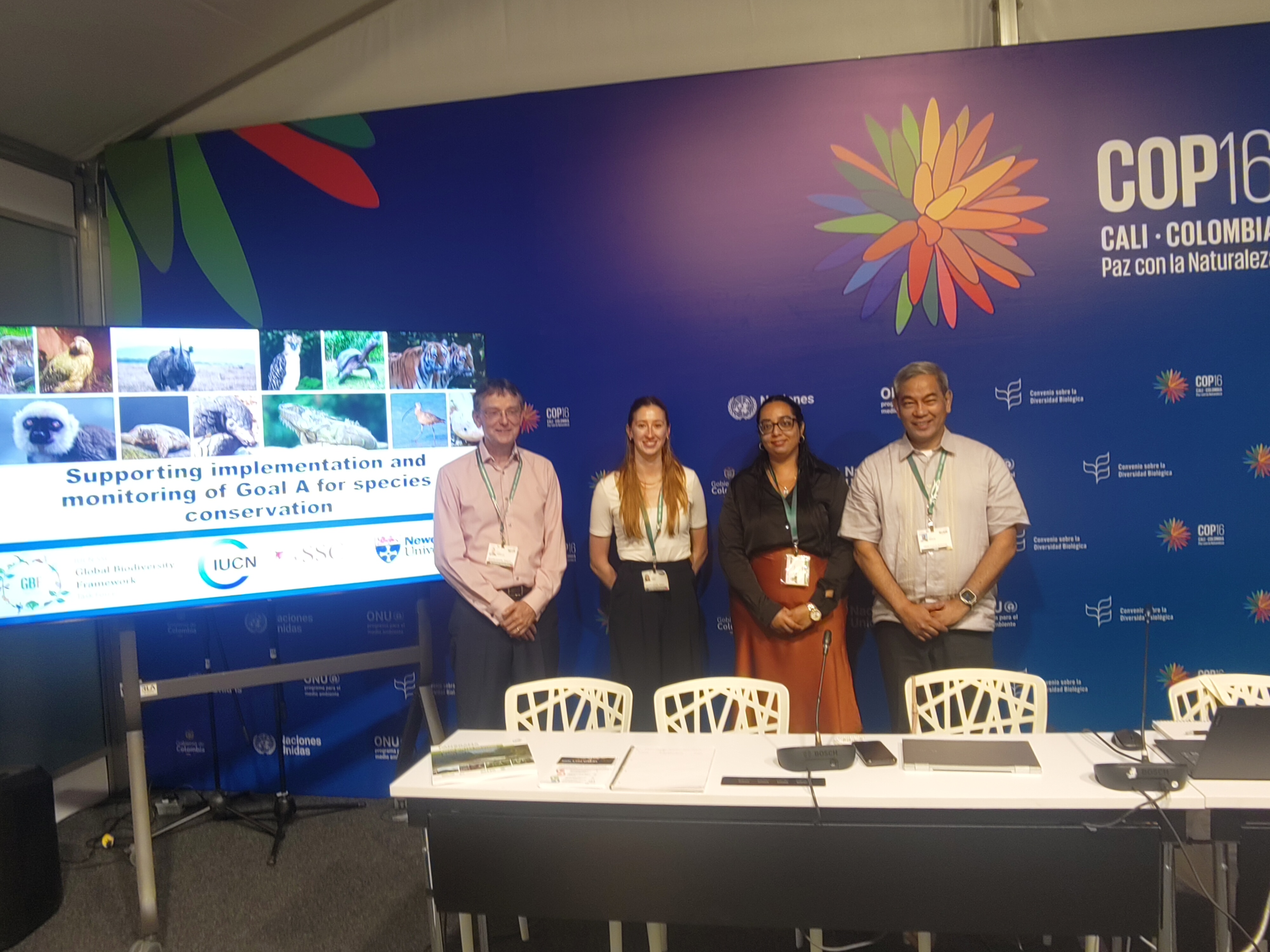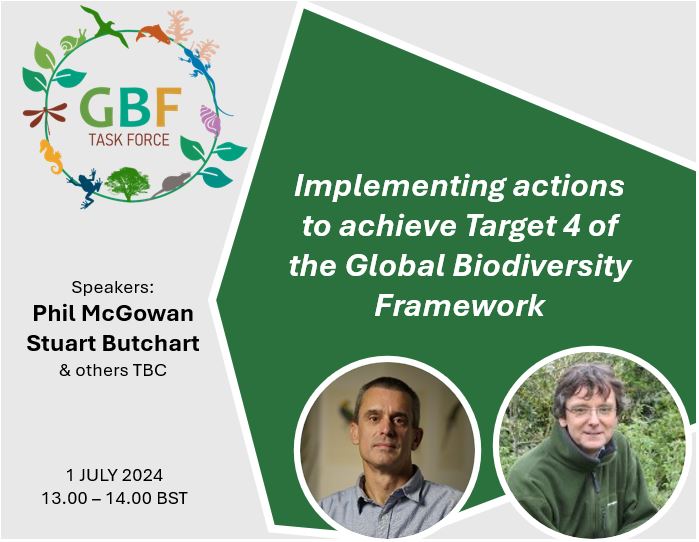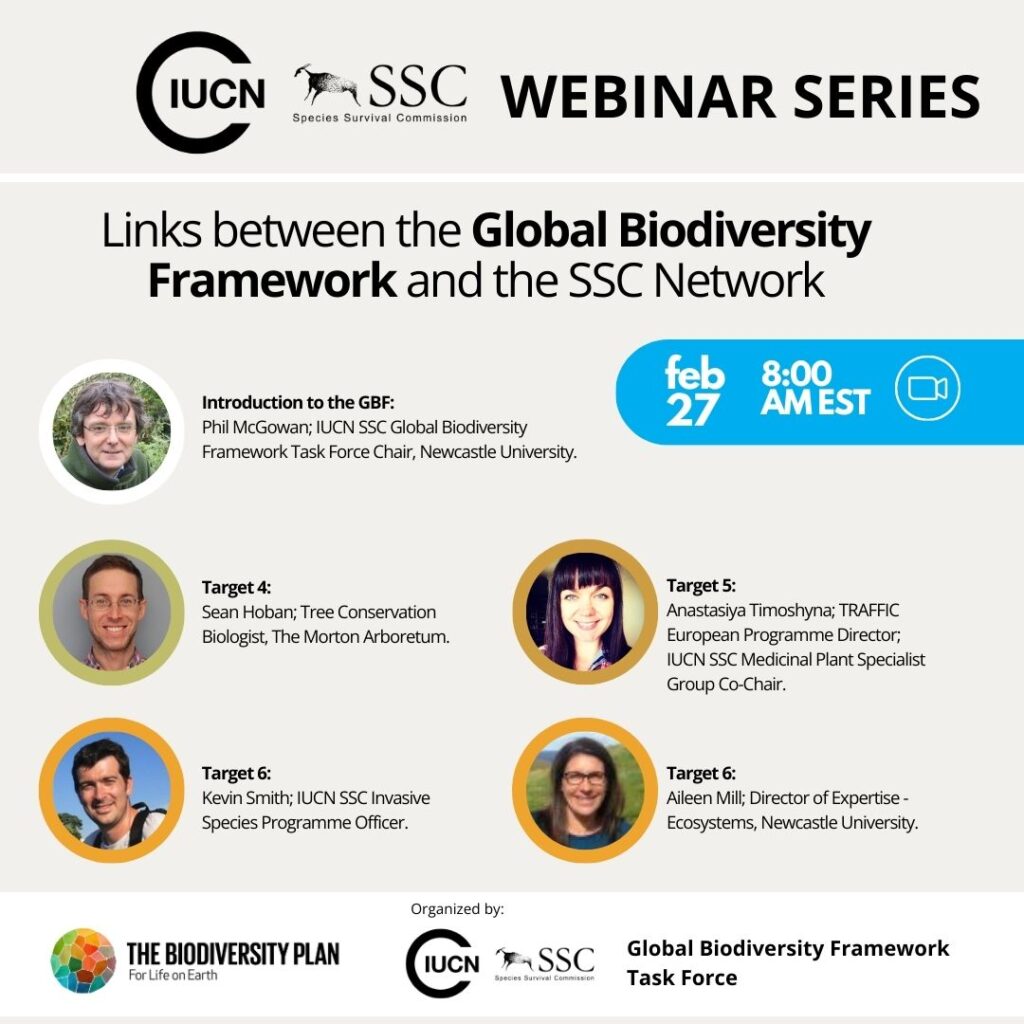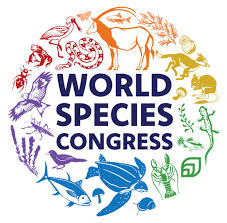Members of the GBF Task Force convened in Cali to support discussions on the implementation of the Global Biodiversity Framework.
See reflections on CoP-16 from the Task Force members and colleagues at Newcastle University below:
Overview of Participation:
The Task Force participated in fourteen events and discussions with an emphasis on tools to support the development of effective NBSAPs, strengthening OECMs, mapping biodiversity priorities, supporting strategic approaches for implementing Goal A, measuring national progress towards targets, and facilitating the co-ordination of data and expert knowledge.
Phil McGowan, chair of the GBF Task Force, presented at three side events. On Monday the 21st of October he joined a panel discussion in the IUCN Pavillion on biodiversity data as a common thread in supporting corporate disclosures (Target 15) and assessing financial contributions (Target 19) towards the KMGBF biodiversity outcomes (Goal A) and Nature Positive. He emphasised the need for increased financial contributions from companies to be measured in terms of their impact on biodiversity, so as to avoid perverse outcomes where there is more money contributed, but commercial operations do not stop damaging biodiversity.


On the 23rd of October, Philip McGowan and Francesca Ridley led a side event on supporting implementation and monitoring of Goal A for species conservation. The event highlighted the need for strategic approaches to support the species elements of the GBF given the huge number of threatened species and the range of actions needed. During the event, an interactive tool was presented that can support the implementation of Goal A by identifying the main threats driving extinction risk in a given location and identifying species that need urgent management actions. Arvin Diesmos (ASEAN Centre for Biodiversity), and Indira Gamatis (Government of Seychelles) provided important and insightful perspectives on successes and challenges in species conservation across ASEAN and in the Seychelles. The event concluded that whilst the challenges are significant, there is much in place to build on and support all those acting to conserve species.
Alison Hutchinson’s engagement with the GBF Task Force concentrated on efforts to bring more of a focus to holistic conservation approaches rooted in ecological justice, human rights, and the rights of nature. She closely followed discussions on Article 8(j) and the diverse values of biodiversity. During CoP she engaged with practitioners and stakeholders to discuss the application of the GBF’s ‘Considerations’ (Section C) and encouraged those who attended to share their thoughts and suggestions to support cross-sectoral collaboration and further anchor the ‘Considerations’ in the Frameworks’ implementation.
Numerous other events, organized and participated in by members of the Global Biodiversity Framework Task Force, took place over the two-week period. For the full list of events please see our CoP-16 events page.


























